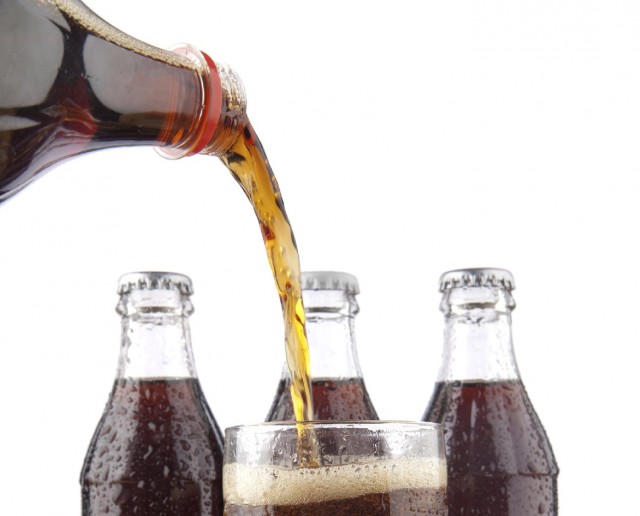There's caramel, and then there's caramel color. It turns out the two don't have much to do with each other. This matters to you if you drink soda.
Caramel color is the additive in many soft drinks and some foods that turns them brown. Some types of caramel color contain a chemical called 4-methylimidazole or 4-Mel, and 4-Mel is potentially carcinogenic. In 2011, the state of California added 4-mel to the so-called Prop. 65 list -- a list of chemicals known by the state to cause cancer.
Consumer Reports published an analysis of various brands of soda on Thursday. They found that two brands exceeded a level of 29 micrograms per can or bottle: Pepsi One and Malta Goya. Consumer Reports cites state data showing daily consumption above that amount would cause one excess case of cancer in every 100,000 people.
"There's no reason why consumers should be exposed to an avoidable and unnecessary risk that can stem from coloring food brown," said Urvashi Rangan, PhD in the Consumer Reports story. He's a toxicologist and executive director of the magazine's Food Safety and Sustainability Center. "Manufacturers have lower 4-Mel alternatives available to them. Ideally there would be no 4-Mel in food."
Consumer Reports conducted two rounds of testing of the sodas during 2013. Both times, samples of Pepsi One and Malta Goya exceeded 29 micrograms per can or bottle. But neither product had a cancer-risk warning label, as required by Prop. 65.
